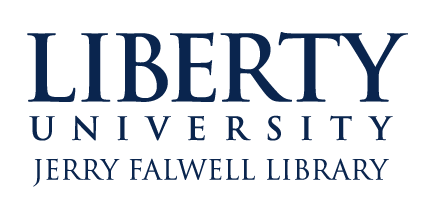Page Range
116-128
Keywords
Christianity, Paul Tillich, apologetics, theology, philosophy, culture, doubt, faith.
Abstract
Paul Tillich, dubbed an “apostle to the intellectuals,” was one of the twentieth-century’s influential and infamous theologians. Tillich’s apologetic of doubt, method of correlation, and non-traditional lifestyle challenged the cultural and religious norms of his day. The study of Paul Tillich’s theology provides perspective on the origins of subjective apologetics and process theology. His focus on ontology made his works accessible and famous. It put the human at the center of the process as they reasoned up to God instead of accepting unquestioned authoritative doctrines. By embracing existential doubt, he connected to the masses by appealing to the “being” and “meaning” questions of life. His “theology of culture” united the temporal and the divine, drawing from psychology, art, and other mediums. This technique was revolutionary at the time, but it is now commonplace in the pluralistic twenty-first century. As someone who lived his life physically, emotionally, and spiritually “on the border,” he inevitably strayed too far from orthodoxy. Christian theologians and apologists object to Tillich’s appropriation and changing of central tenants of classic Christian theology. Future generations, however, can build upon the cultural dialogues he started while staying true to orthodoxy. Apologists of the late twentieth and early twenty-first century may have had to address some of the nontraditional theories proposed by Tillich, but they owe him a debt of gratitude when using his approach to give biblical answers to cultural questions.
Recommended Citation
Cunningham, Michael W.. 2021. "From Modernity to Post-Modernity: The Apologetic Legacy of Paul Tillich." Liberty Theological Review 5, (2). https://doi.org/10.70623/AZPB4475.
Included in
Christianity Commons, Comparative Methodologies and Theories Commons, History of Christianity Commons, Religious Thought, Theology and Philosophy of Religion Commons


